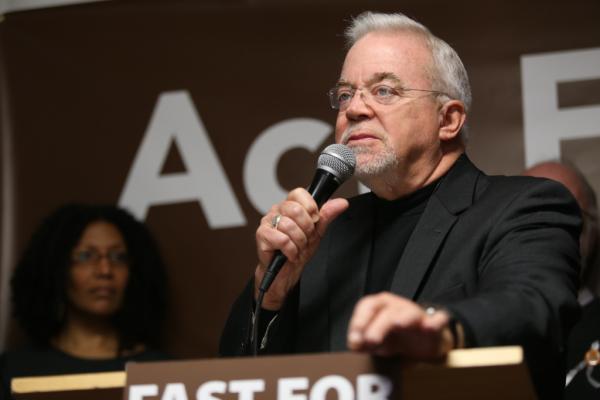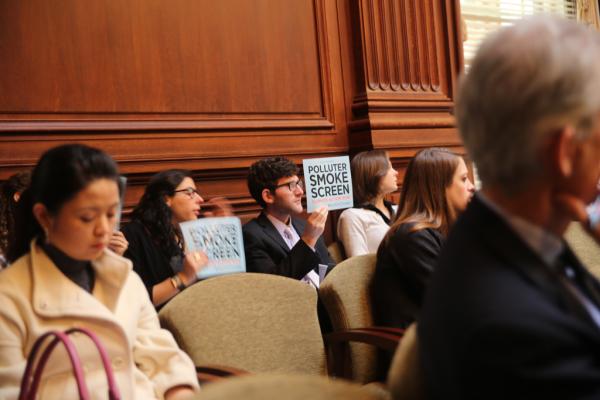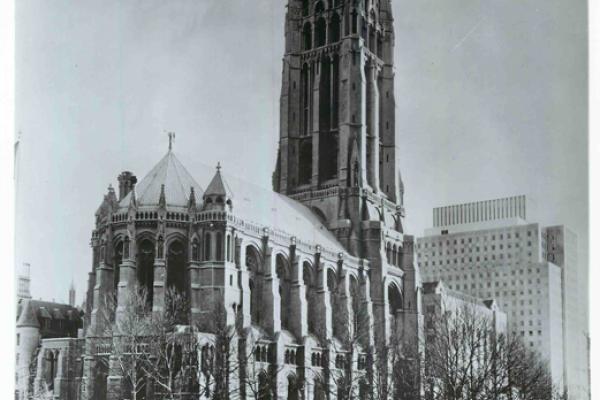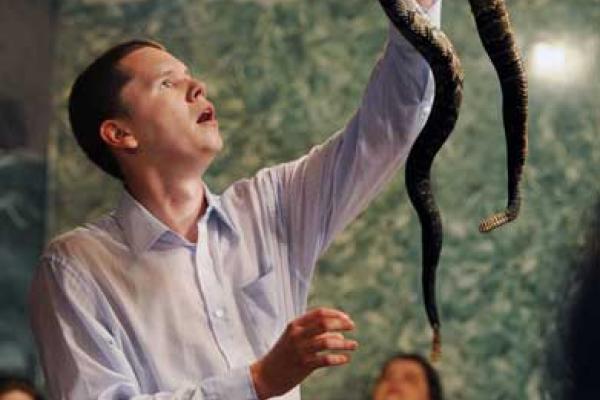Using a strong scriptural and historical foundation, self-described “happy-clappy Jesus lover” Sarah Bessey relates in her book, Jesus Feminist,how the church has responded “to the movement of the Spirit throughout the centuries, and [how] gender inequality is only one more example of justice seeking in progress.” Bessey tells of God’s redemptive love through the ages, and how women have served and are serving their homes, churches, communities, and the world at large to bring forth that love. The power of women coming together — or acting alone — for God is clear: Women, she writes, can move mountains, even if one stone at a time.
If a world devalues half its members, for every woman who moves a mountain, there will be another woman suffering. Bessey notes the disturbing fact that “Many of the seminal social issues of our time — poverty, lack of education, human trafficking, war and torture, domestic abuse — can track their way to our theology of, or beliefs about, women, which has its roots in what we believe about the nature, purposes, and character of God.” And with that sentence, conviction begins.
(Editors Note: On Nov. 12, faith, immigrant rights, and labor leaders launched the “Fast for Families: A Call for Immigration Reform and Citizenship,” taking place on the National Mall. The following remarks are from Jim's speech given at the event.)
Despite the overwhelming public support — among all political stripes — to fix our broken immigration system, Washington's utter political dysfunction is blocking change.
It is time to pray and fast for a change that now feels like a "miracle." And that's what we now pray for. Pray against the racial fears and messages that are being used against immigration reform. Pray for courage and character on all sides — for Republicans who believe in an inclusive party and nation to stand up to Republicans who want an exclusive party and nation and for Democrats not to use this as a political issue for their self-interest. Pray for political leaders to do what few of them do well — to put other people's needs, especially poor and vulnerable people's needs, ahead of their own political agendas.
Editor’s Note: This post contains two of many testimonies given at an Environmental Protection Agency listening session at EPA headquarters in Washington, D.C. The EPA held sessions in 11 regional offices across the country to allow the public to comment on the agency’s plans to begin regulating carbon dioxide emissions — one of the heat-trapping pollutants that contributes to climate change — from existing coal and natural gas-fired power plants. The public was invited to share up to three minutes of spoken testimony to an EPA panel for the agency’s consideration.
My name is Dr. Jalonne L. White-Newsome and I am a federal policy analyst at WE ACT for Environmental Justice, a 25-year-old community based environmental justice organization based in Harlem, N.Y. However, I work out of our Washington, D.C. office, mostly engaging in federal policy. Although I am in a different location, WE ACT D.C. has the same mission: to build healthy communities by insuring all voices help shape environmental policy and practices so that they are fair.
As a public health researcher who has seen the impacts of temperature, air pollution, and climate changes on urban-dwelling seniors in low income communities of color, I am clear about the need for and the importance of the testimony that I, and hopefully other environmental justice organizations, will offer here today. While three minutes is not a lot of time, I do have a couple of "calls to action" to uplift as you continue your work:
- Recognize the deficiency.
- Recognize the cumulative impacts.
As President Obama has pointed out, the climate issue is not only a technical one. In his words, “We have a moral obligation to future generations to leave them a planet that is not polluted and damaged.” We in the faith community would, of course, agree. But it is not only future generations that will bear the impacts of climate change. They are being felt now, most intensely by those populations around the world who are least able to cope with them. We must act with great conviction and haste to move toward solutions.
The central principle of the Bahá'í Faith is the oneness of humankind. This principle has deep implications for policy in many arenas. It should guide us to seek solutions that are equitable and just, treating all people as members of one human family. I believe that to be effective, the carbon standards established by EPA over the next several months must be animated by this foundational principle.
(Editors Note: Faith, immigrant rights, and labor leaders launched the "Fast for Families: A Call for Immigration Reform and Citizenship," Nov. 12, taking place on the National Mall. Leaders and immigrant members of the community are fasting every day and night, abstaining from all food — except water — to move the hearts of members of Congress to pass immigration reform with a path to citizenship. This post is composed of updates from Lisa Sharon Harper, director of mobilizing for Sojourners, as she experiences the fast.)
Eleven national leaders marked this as the first day of a 30-day rolling fast for families — a call for immigration reform and a path to citizenship. The fasters and other leaders of the civil rights movement, including Julian Bond (civil rights veteran), Rev. Jim Wallis (Sojourners) and Wade Henderson (Leadership Conference on Civil Rights), walked into that tent and behind the podium.
One after another, the fasters stood before the podium — Sister Simone Campbell, Dr. Barbara Williams-Skinner, Eliseo Medina, Dae Joong Yoon—and offered testimony. This is why we are fasting. We are fasting because we cannot wait any longer. We are fasting because we stand with the 11 million people and their families who cannot wait for congress to get itself together for the pain and suffering in their families to end. We are fasting because whether we are immigrants who came here voluntarily in the last century or our ancestors were brought here in chains 200 years ago, we are fasting America a better place for all.
In the United States, more than 1 in 3 women (and 1 in 4 men) havereportedly experienced sexual assault, physical violence or stalking by an intimate partner during their lifetime.
These are not numbers that disappears when you walk in to a church. Christian women are subject to sexual and gender-based violence, too – but when is the last time you heard about this issue in a church?
Talking about the pain and fear of intimate partner abuse can seem daunting, but there are resources to help faith communities get started. On Sunday, Nov. 24, faith communities have an opportunity to speak out against sexual and gender-based violence in the aptly named Speak Out Sunday.
On a Greenwich Village street where male prostitutes seeking customers shout out their dimensions, I walked past an open but empty church on my way to the subway.
In times past, flocking to church on Sunday morning was a beloved family routine, even here in bad old Gotham. Now they’re trying nontraditional worship on Sunday evenings.
It’s a struggle, both here and elsewhere in the 21st-century Christian world. Buildings with “beautiful stones and gifts dedicated to God,” as Luke described the temple in ancient Jerusalem, are falling into disuse and disrepair — not because Caesar attacked and took revenge on an alien religion, but because the world changed and gathering weekly in “Gothic piles” no longer seems necessary for finding faith.
A Tennessee pastor’s dangerous spiritual practices made him a star of a reality TV series.
Now they may make him a religious liberty crusader.
Officials from the Tennessee Wildlife Resources Agency raided the Tabernacle Church of God in LaFollete last Thursday and seized 53 venomous snakes — including timber rattlesnakes, copperheads, and several exotic breeds.
They cited the Rev. Andrew Hamblin, the church’s pastor and co-star of the National Geographic series Snake Salvation, and plan to charge him with 53 count of violating a state ban on possessing venomous snakes at a court hearing on Friday. Each count carries a maximum sentence of one year in jail.






